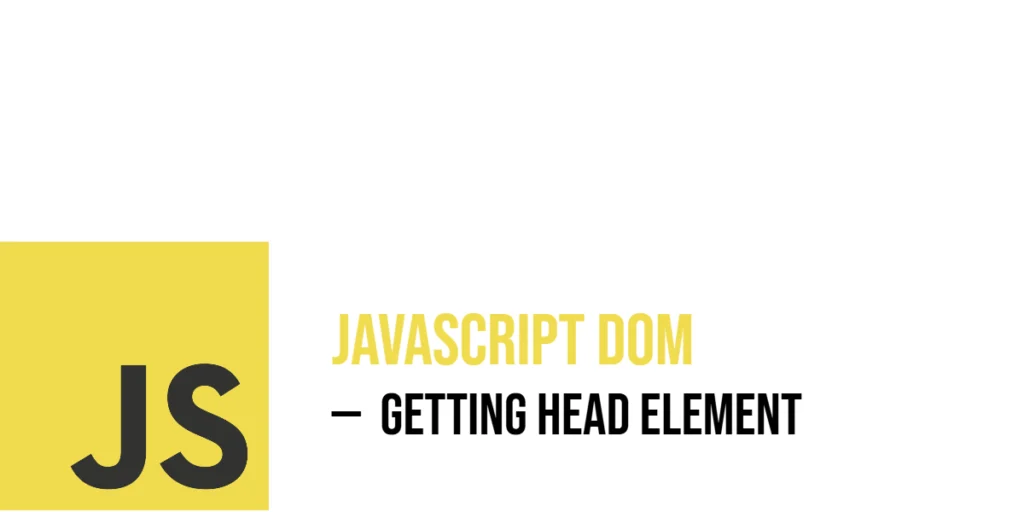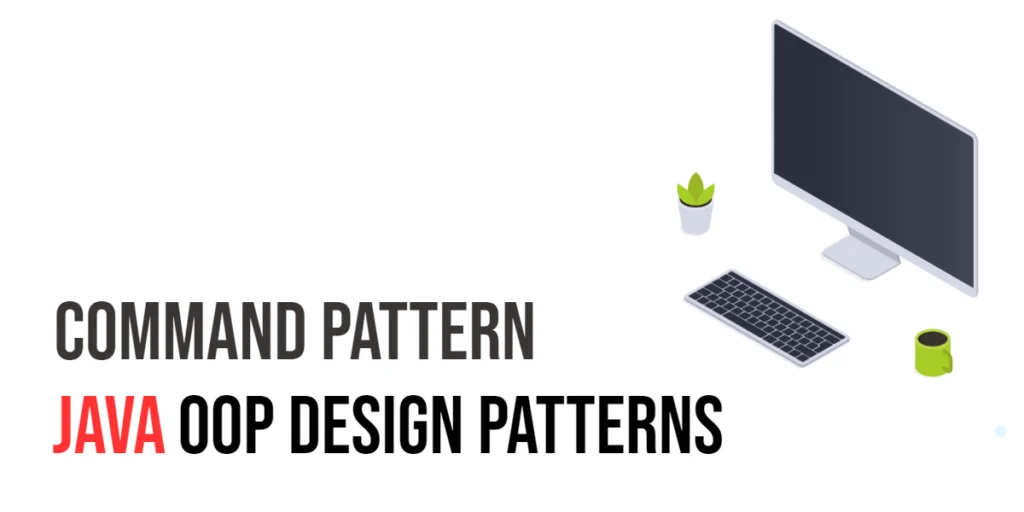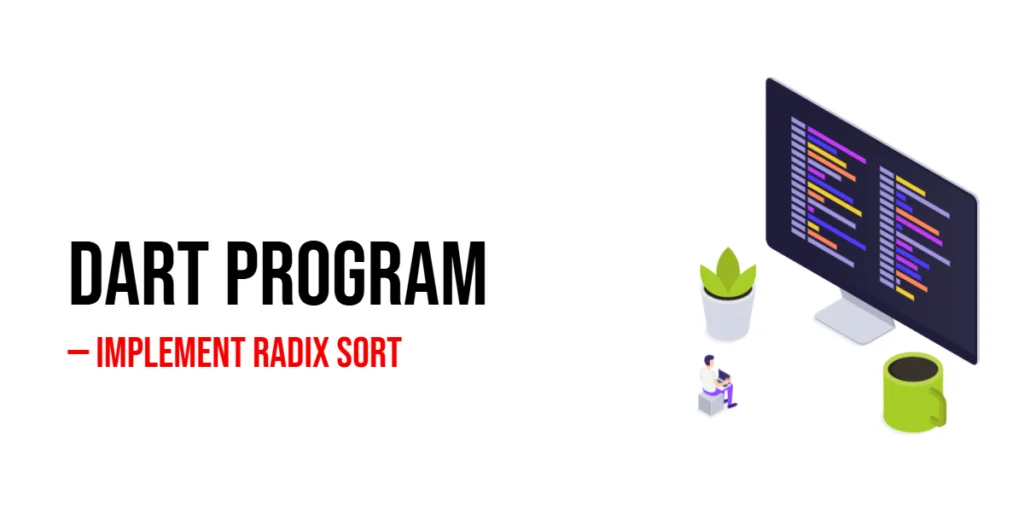When working with strings in Dart, it’s common to encounter extra spaces at the beginning or end of the text. These spaces, known as whitespace, can sneak in when users input data or when strings come from external sources. This is where string trimming comes into play.

with hands-on learning.
get the skills and confidence to land your next move.
Trimming strings is a process that removes unwanted whitespace from the start and end of a string. It’s crucial for ensuring clean, consistent data, especially when you’re validating user input, preparing text for display, or processing data for calculations.
For instance, imagine a user entering their name in a form. If they accidentally add a space before or after their name, it could cause issues during validation or comparison. Trimming the string removes these extra spaces, making the data reliable.
Dart offers several built-in methods to handle trimming. These include .trim(), .trimLeft(), and .trimRight(), each serving a unique purpose depending on your needs. In this article, we’ll explore how to use these methods to keep your strings clean and ready for any task!
Using .trim() to Remove Leading and Trailing Whitespace
In Dart, the .trim() method is your go-to tool for removing both leading and trailing whitespace from a string. Whether it’s spaces, tabs, or other types of whitespace characters, .trim() will clean up the text, leaving only the content between the spaces.
This is particularly helpful when you’re dealing with user input, external data, or any situation where extra spaces might sneak in at the beginning or end of a string.
Let’s take a look at an example:
void main() {
String str = " Hello, Dart! ";
print("|$str|"); // Outputs: "| Hello, Dart! |"
String trimmed = str.trim();
print("|$trimmed|"); // Outputs: "|Hello, Dart!|"
}In this example, the string str has spaces at both the beginning and the end. By calling .trim(), we remove those extra spaces, leaving us with the clean, trimmed string "Hello, Dart!". This method ensures that any unwanted spaces are removed, making the string ready for further use without worrying about leading or trailing whitespace.
Using .trimLeft() to Remove Leading Whitespace
Sometimes, you may only want to remove whitespace from the start of a string, leaving the end untouched. In such cases, Dart provides the .trimLeft() method, which removes any leading whitespace (spaces, tabs, etc.) from the beginning of a string.
This is useful when you’re working with strings where the start is padded with extra spaces, but the end is fine as it is.
Here’s an example to demonstrate:
void main() {
String str = " Hello, Dart!";
String trimmedLeft = str.trimLeft();
print(trimmedLeft); // Outputs: "Hello, Dart!"
}In this case, the string str has spaces before "Hello, Dart!", but the spaces at the end remain intact. After calling .trimLeft(), only the leading spaces are removed, leaving "Hello, Dart!". This method allows you to specifically target and clean up the beginning of the string, while preserving the content at the end.
Using .trimRight() to Remove Trailing Whitespace
Just as .trimLeft() is used to remove whitespace from the start of a string, Dart also provides the .trimRight() method for removing any trailing whitespace (spaces, tabs, etc.) from the end of a string. This is helpful when you want to clean up the end of a string, but leave the beginning untouched.
Here’s an example:
void main() {
String str = "Hello, Dart! ";
String trimmedRight = str.trimRight();
print(trimmedRight); // Outputs: "Hello, Dart!"
}In this example, the string str has spaces after "Hello, Dart!", but no spaces before it. After calling .trimRight(), only the trailing spaces are removed, leaving "Hello, Dart!" with no spaces at the end. This method is ideal for cases where you want to clean up the end of the string, such as preparing text for display or data processing.
Trimming Specific Characters (Custom Trimming)
In some cases, you may want to remove specific characters from a string rather than just whitespace. Dart provides a flexible way to do this using the .replaceAll() method, which allows you to replace occurrences of a character or pattern with another string (or nothing at all).
For example, if you want to remove unwanted characters like dots (.) or commas (,), you can use a regular expression (RegExp) inside .replaceAll() to specify the characters you want to remove.
Here’s an example:
void main() {
String str = "....Hello, Dart!!!!";
String customTrimmed = str.replaceAll(RegExp(r'[.,]'), '');
print(customTrimmed); // Outputs: "Hello Dart!!!!"
}In this example, the string str contains several dots (.) and commas (,), which we want to remove. By using RegExp(r'[.,]'), we specify that we want to remove both dots and commas. The .replaceAll() method replaces these characters with an empty string (''), effectively removing them.
This technique is great when you need to clean up or format strings by removing specific characters that may not be part of the actual content, such as punctuation marks in a sentence.
Using Regular Expressions for Advanced Trimming
When dealing with more complex trimming scenarios, regular expressions (RegExp) offer powerful tools to match and remove patterns in a string. For example, you might want to remove both leading and trailing spaces and non-word characters (like punctuation marks). This is where regular expressions can shine, allowing you to create a pattern that matches unwanted characters at the start or end of the string.
To remove such patterns, you can use .replaceAll() with a regular expression.
In the following example, we use a regular expression to remove spaces (\s) and non-word characters (\W) from both ends of the string:
void main() {
String str = " !!! Hello, Dart! ";
String regexTrimmed = str.replaceAll(RegExp(r'^[\s\W]+|[\s\W]+$'), '');
print(regexTrimmed); // Outputs: "Hello, Dart"
}In this example:
^[\s\W]+: This part of the regular expression matches any sequence of spaces (\s) or non-word characters (\W) at the beginning of the string (^means the start of the string).|: The pipe symbol is the logical OR, meaning we are matching either the beginning pattern or the ending pattern.[\s\W]+$: This part matches any sequence of spaces or non-word characters at the end of the string ($means the end of the string).
By using this regular expression, we can clean up strings that have unwanted characters or spaces at the beginning and end, while preserving the content in between.
This method is especially useful when you need to remove more complex patterns, such as multiple punctuation marks or a mix of spaces and symbols, from strings before processing or displaying them.
Trimming Strings in Collections
In Dart, you often work with collections like lists, sets, or maps that may contain strings with extra spaces at the beginning or end. You can easily apply trimming to all strings within these collections to clean them up before using them in your application.
To trim strings in a collection, you can use the .map() method for lists, or similar approaches for other types of collections, to apply the .trim() method to each string.
Here’s an example using a list of strings:
void main() {
List<String> words = [" Hello ", " Dart ", " World "];
List<String> trimmedWords = words.map((word) => word.trim()).toList();
print(trimmedWords); // Outputs: ["Hello", "Dart", "World"]
}In this example:
words.map((word) => word.trim()): The.map()function iterates over each element in the list and applies the.trim()method, which removes leading and trailing spaces from each string..toList(): Since.map()returns an iterable,.toList()is used to convert it back into a list.
This technique is useful when you need to clean up strings within a collection before performing any further operations, such as filtering, sorting, or displaying them.
The same approach can be applied to sets or maps, with minor adjustments to handle the different data structures. Here’s a similar example for a set:
void main() {
Set<String> wordsSet = {" Hello ", " Dart ", " World "};
Set<String> trimmedWordsSet = wordsSet.map((word) => word.trim()).toSet();
print(trimmedWordsSet); // Outputs: {"Hello", "Dart", "World"}
}In maps, if you need to trim string values, you can iterate over the entries:
void main() {
Map<String, String> greetings = {
"greet1": " Hello ",
"greet2": " Dart ",
"greet3": " World "
};
Map<String, String> trimmedGreetings = {
for (var entry in greetings.entries) entry.key: entry.value.trim()
};
print(trimmedGreetings); // Outputs: {"greet1": "Hello", "greet2": "Dart", "greet3": "World"}
}This approach allows you to efficiently trim strings in various collections, ensuring consistent data before further manipulation or display.
Trimming User Input
When handling user input, especially from forms or text fields, it’s common for users to accidentally add extra spaces before or after their input. These unwanted spaces can lead to issues when processing or storing data. To ensure clean and accurate data, it’s important to trim these extra spaces.
Dart provides the .trim() method to easily remove any leading or trailing whitespace from a string. This method is especially useful when dealing with user input, where unexpected spaces might cause errors or inconsistencies.
Here’s an example of trimming user input:
void main() {
String userInput = " user@example.com ";
String cleanedInput = userInput.trim();
print(cleanedInput); // Outputs: "user@example.com"
}In this example:
userInput.trim(): The.trim()method removes any spaces at the beginning and end of the string.cleanedInput: This variable now holds the trimmed version of the user input, making it ready for further processing, such as validation or storage.
By using .trim() on user input, you ensure that the data is clean and standardized, reducing the risk of issues like incorrect validation or unexpected errors when interacting with databases or other systems.
Real-World Use Case: Cleaning Data from APIs
When working with external data sources, such as APIs, you often receive strings that may contain extra spaces or other unwanted characters. These inconsistencies can cause issues when processing or displaying the data. It’s important to clean the data before using it in your application.
In Dart, the .trim() method comes in handy for this purpose. It removes any leading or trailing whitespace from strings, ensuring the data is clean and ready for use.
Here’s an example of cleaning a string retrieved from an API:
void main() {
String apiResponse = " User1234 ";
String cleanUsername = apiResponse.trim();
print(cleanUsername); // Outputs: "User1234"
}In this example:
apiResponse.trim(): The.trim()method is applied to the string received from the API. It removes any spaces at the beginning and end of the username.cleanUsername: This variable now contains the cleaned username, which is ready to be used for further processing, like saving to a database or displaying to the user.
Cleaning data from APIs using .trim() helps prevent errors caused by unexpected spaces and ensures that your application handles data in a consistent and reliable manner.
Conclusion
In this article, we explored the various ways to trim strings in Dart, including the built-in methods .trim(), .trimLeft(), and .trimRight(). Each method serves a unique purpose in cleaning up string data:
.trim(): Removes both leading and trailing whitespace..trimLeft(): Removes only leading whitespace..trimRight(): Removes only trailing whitespace.
Trimming strings is essential when working with user input, cleaning data from APIs, or formatting text for display. It ensures that unwanted spaces or characters do not interfere with the processing or storage of your data, providing more predictable and reliable results.
By incorporating these trimming techniques into your Dart applications, you can improve the quality and consistency of the data your app handles, making it more robust and user-friendly. Whether you are cleaning up strings from user inputs or external sources, trimming plays a crucial role in ensuring your strings are clean and ready for any operations you need to perform.







